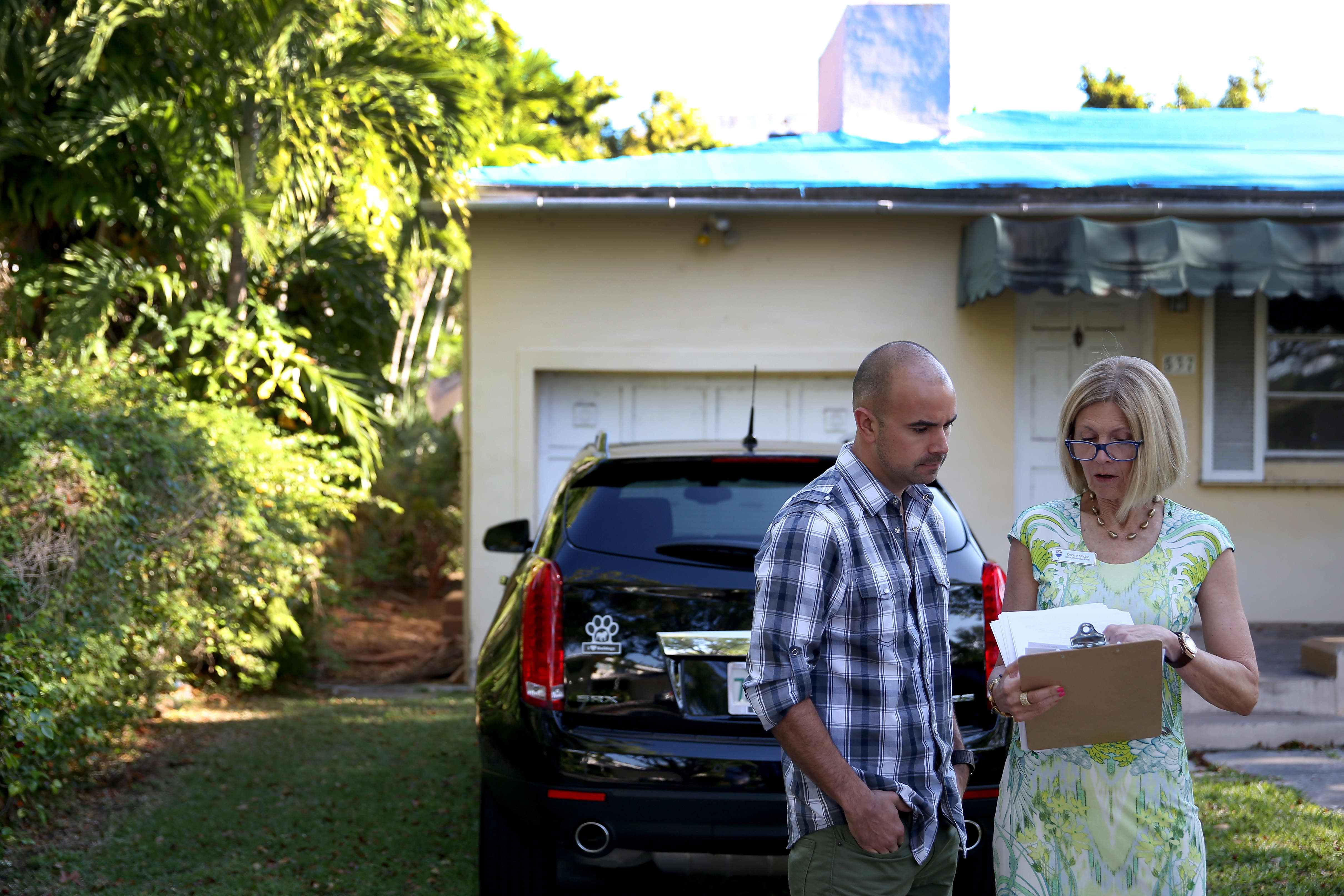A prospective home buyer is shown a home by a real estate agent in Coral Gables, Florida.
Joe Raedle | Getty Images
After shrinking for much of this year, home price gains are now growing again.
On a national level, prices rose 3.2% annually in September, up from a 3.1% gain in August, according to the S&P CoreLogic Case-Shiller U.S. National Home Price Index. The 10-City Composite annual increase was 1.5%, unchanged from the previous month. The 20-City Composite rose 2.1% annually, up from 2.0% in August.
Of the 20 cities covered, Phoenix, Charlotte, North Carolina, and Tampa, Florida, saw the highest annual gains, with 6.0%, 4.6% and 4.5% annual gains, respectively. Ten of the 20 cities saw larger price increases in the year ended in September 2019 versus the year ended in August 2019.
Home prices are rising most in the Sun Belt, where housing is generally more affordable than in the East or West. San Francisco was the only city in the composites to show an annual decline in home prices (-0.7%).
"After a long period of decelerating price increases, it's notable that in September both the national and 20-city composite indices rose at a higher rate than in August, while the 10-city index's September rise matched its August performance," Craig J. Lazzara, managing director and global head of index investment strategy at S&P Dow Jones Indices, wrote in a release. "It is, of course, too soon to say whether this month marks an end to the deceleration or is merely a pause in the longer-term trend."
Other measures of home prices have shown multiple months of reacceleration in prices, and other factors in the housing market point to price strength going forward.
Mortgage rates have been very low since the spring. The average rate on the 30-year fixed has hovered between 3.6% and 4% since June, giving buyers more purchasing power and helping to reignite the heat under home prices.
The housing market is also currently plagued by a critically low supply of homes for sale. The shortage is worst at the lower end of the market, and that is where prices are rising fastest. Demand is strong, thanks to low rates and to the largest generation aging into its homebuying years. Low supply and high demand are the perfect storm for higher prices.


